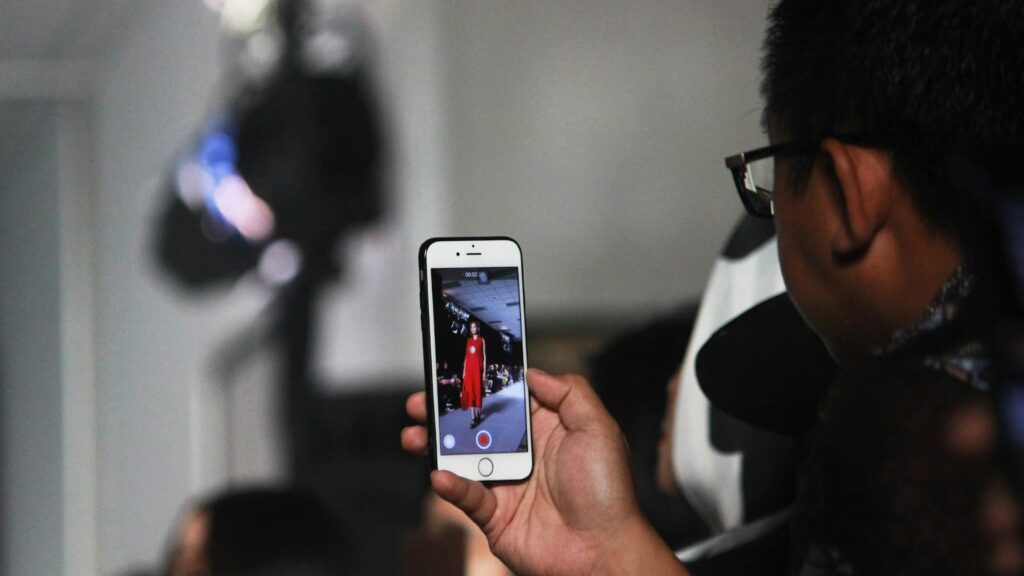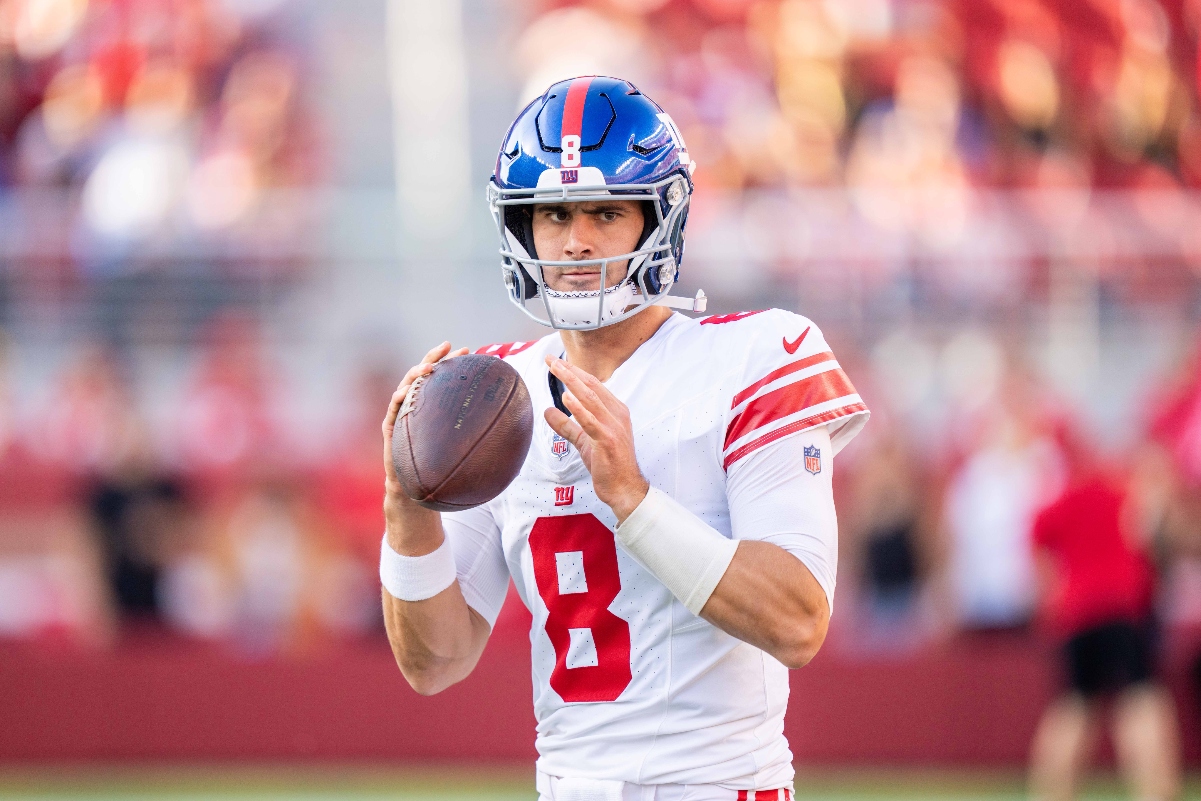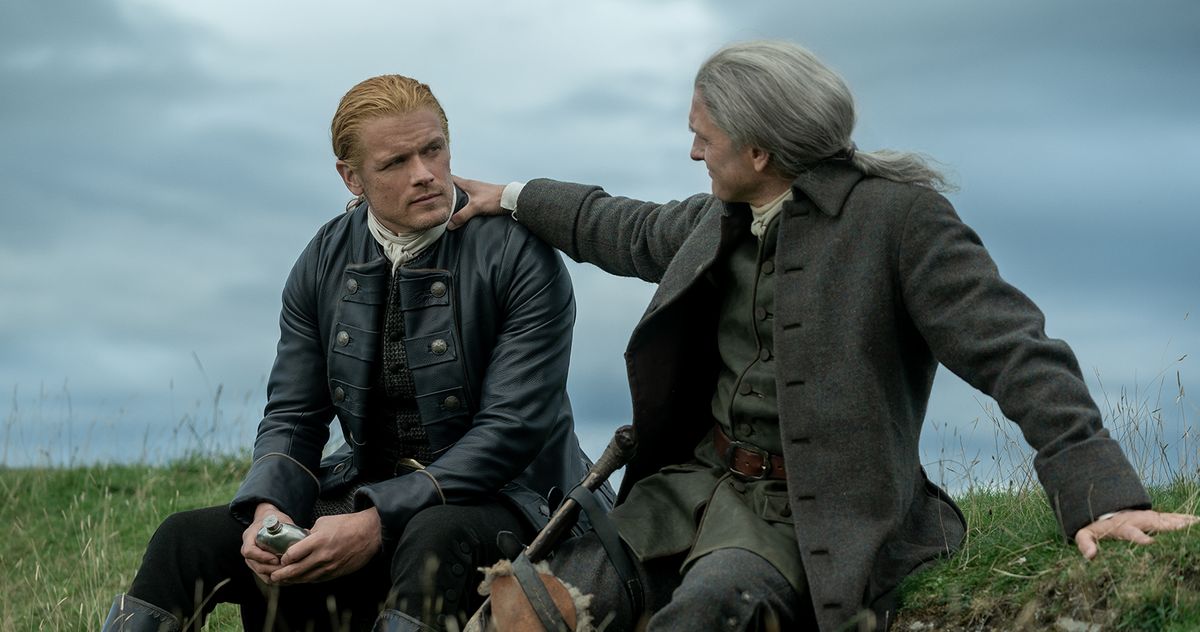Fashion
The Oversaturation of Celebrities and Influencers in Fashion – The Hilltop

For many fashion enthusiasts, September is one of the most exciting months of the year, with fashion month underway. It lets enthusiasts peek into where fashion is headed and anticipate upcoming trends.
However, as celebrities and influencers continue to dominate fashion spaces and grow in their influence, the industry will continue to deviate from the authenticity of fashion and transform itself into an industry centered on status and appearances.
Fashion week for the four cities, London, NYC, Milan and Paris, refers to the biannual industry-intensive event, where different designers, brands or houses display their newest wardrobe lines in anticipation of the upcoming season.
Dating back to World War II, fashion week, once referred to as “press week,” was initiated when Parisian fashion shows were forcibly canceled due to Nazi occupation, leaving American designers and journalists to look for other sources of inspiration.
Publicist Eleanor Lambert, sought to promote American fashion designers by inviting journalists to press week spotlighting many American designers all in one space. From there, the other three major cities took note and began conducting their own fashion weeks.
Fashion week, however, is more than just runway shows and presentations, providing an indicator of where the industry currently is. For many, it is a time for excitement, to a critical eye it’s been lessened in authenticity as celebrities and influencers continue to oversaturate the industry.
The influx of influencers and pop culture seemingly dominating the streets of fashion week can’t help but to be noticed.
Popular examples of this shift are Demna Gvasalia’s Balenciaga Haute Couture fashion show in 2022, where he employed a few high-profile celebrities to walk down the runway instead of traditional fashion models. These figures included Nicole Kidman, Dua Lipa and most notably Kim Kardashian, who has had a history of working with Balenciaga.
This representation, however, is not limited to walking runway shows. A big example of celebrity dominance is the front rows during fashion shows.
For many brands, creative directors often fill the front rows of their shows with celebrities who they believe represent their brand. One of the most notable shows includes Luar’s 2025 Spring show. The seats were occupied by figures like Ice Spice, Doechii, and even Madonna.
Historically, there’s always been a strong relationship between celebrities and fashion, one of the most notable relationships being between Audrey Hepburn and Givenchy.
Vanessa Friedman, fashion editor and critic of the New York Times, said the relationship between Hepburn and Givenchy existed, before there were “faces”, brand ambassadors, or influencers. They were among the first to set a precedent in Hollywood, combining actors/actresses with fashion.
Industries have seen the power that has come from their fusion with fashion. As time has progressed, celebrities have coupled fashion with their media and entertainment industry jobs to deliver stellar cultural moments.
Moments such as actress Jennifer Lawrence tripping in a Dior Haute Couture gown during the 2013 Oscars, or Lewis Hamilton bringing fashion to F1 racing by combining “bowling shirts and long line shorts worn with high-tops, plunging necklines and tie-dye socks.”
Even recently, Rihanna has been named the new face of J’adore perfume from Dior.
In recent years influencers have garnered more attention through platforms like TikTok and Instagram, giving industries new and modernized social platforms in hopes of promoting products and services.
David A. Yovanno, CEO at Impact explained in a Forbes article that “Brands are no longer relying strictly on traditional paid advertising channels, they are tapping creators and influencers to create content that is tailored to reach new audiences.”
While these moments have provided a bridge between fashion and other industries, the massive dominance of celebrities and influencers in fashion can be too much.
This sentiment was echoed following The Metropolitan Museum of Art (Met) Gala, one of the biggest fashion spectacles of the modern age.
Spearheaded by Editor-In-Chief of Vogue, Anna Wintour transformed the gala into one of the most successful charities with an attendance ranging from the fashion world to business, according to The Costume Institute of the Metropolitan Museum.
Ed Filipowski, co-president of the public relations and production firm KCD, even mentioned how attending the MET Gala could be vital for the success of a designer.
Yet, the presence of influencers has people questioning whether it caused the event to skew away from being dedicated to preserving fashion and fashion history, to becoming an event used to generate buzz through popular individuals.
According to an NBC News article, “Met Gala 2021 invites social media influencers like Addison Rae for a needed facelift,” and even notes on how critics questioned whether the invitations to influencers “deserved” since their popularity arises solely out of content creation.
Fashion students today express how the dominance of celebrities and influencers in fashion has altered the direction of the industry.
“As a designer who’s working hard to make a name for themselves in the industry it can be discouraging, and it can push you to try to be in certain circles or try to hobnob with celebrities so your work can actually be seen and so you can actually be considered a serious designer,” Laila Yarrish, a senior fashion design major, said.
Faith (Fae) Crofford, who uses the pronouns its/she, a senior fashion design major and creative director of Vira Elea, also highlighted “There’s a certain privilege that celebrities and influencers have over people who are behind the scenes and putting in labor-intensive work.”
While fashion continues to be an exciting endeavor for many people with or without the industry, it is imperative to take note of what’s going on. Celebrities and influencers have climbed in dominance, deviating fashion from its authenticity for the sake of appearances.
For up-and-coming designers, this has posed a daunting future as they hope to break into the industry through the talent and hard work they’ve put in.
A prime example is how social media has sped up the fashion cycle and consumption.
Before social media and influencers, distinct fashion trends would cycle through every 20 years known as the 20-year rule. This general rule of thumb indicated that popular styles and trends would resurface within a 20-year period, according to A Magazine.
As social media and influencers have taken up more space, the 20-year rule seems to have disappeared. This is because social media, through its ability for mass exposure, has changed how people go about buying clothing items.
Lily Dominus, opinion columnist for the Michigan Daily, said that “The ease with which links and brands can be shared on social media also facilitates this mass consumption of…items” that go viral through either TikTok or Instagram posts.
Yet it’s not just social media’s impact on mass consumption that’s caused a detriment. With such emphasis on appearance nowadays, it doesn’t matter whether you’re a stellar designer, as long as you have a palpable social media brand.
With social media focusing so much on image, fashion houses have decided to align themselves with individuals who support their image. By prioritizing appearances, the industry finds itself working with creators who can generate attention.
A Business of Fashion article makes this exact point stating “fashion brands are embracing these personalities and seeing the benefits.”
The article continues to note how luxury brands such as Gucci, Hugo Boss, and Loro Piana, are working with creators such as Sarah Bahsoon, Khaby Lame, and Amelia Dimoldenberg because of their personality brands and their ability to create viral moments on social media.
This approach, however, often overlooks genuine fashion designers and enthusiasts in favor of influencers who can draw in numbers.
Yarrish argues that as a designer “your work shouldn’t be defined…as your image of who you are as a person, it should be your work.”
The best way to avoid a future like this, however, is by looking to those who are dedicating themselves to the art of fashion and supporting them.
By uplifting designers like Fae and Laila, we are uplifting their hard work and genuineness for fashion design. This will then inspire future generations to fall back in love with the craft of fashion reverting it to what fashion should truly be; an appreciation for art and a tool for genuine expression.
Copy edited by Camiryn Stepteau








